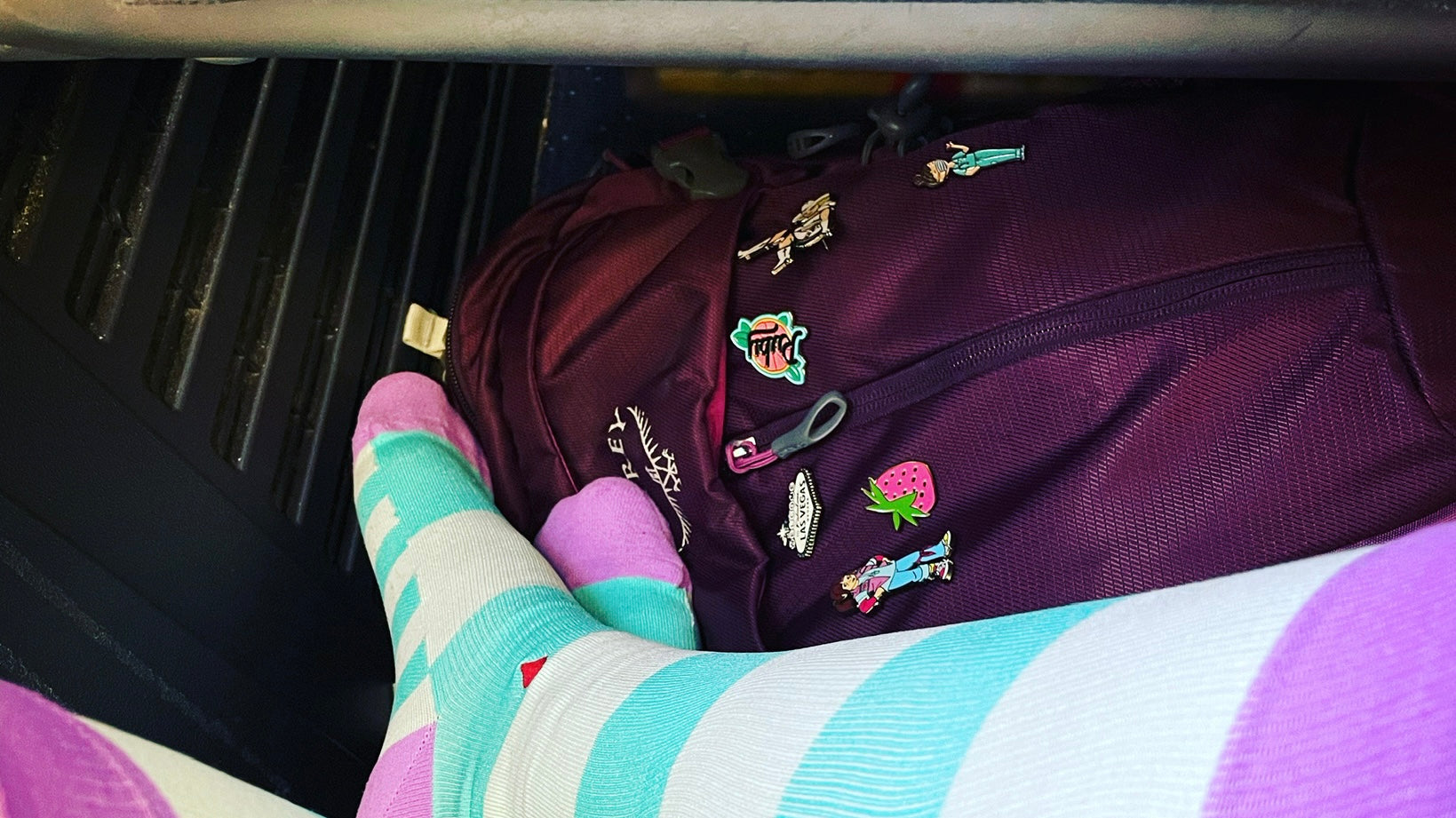Whether you're heading off on a long-haul flight or settling in for a lengthy road trip, staying comfortable and healthy while traveling is a top priority. One simple yet effective travel essential that’s often overlooked is a good pair of compression socks. These specially designed socks do much more than keep your feet warm—they can actually play a key role in supporting your circulation and preventing a range of travel-related health issues.
Here’s how compression socks can help make your next journey safer and more comfortable.
1. They Improve Blood Circulation
When you're sitting still for long periods—whether in a cramped airplane seat or the passenger side of a car—your body’s natural circulation can slow down, especially in your lower legs. This can lead to discomfort, swelling, and even more serious issues if left unchecked.
Compression socks work by applying gentle, graduated pressure to your legs, with the most compression typically at the ankles and gradually lessening further up the leg. This helps encourage blood to flow back up toward the heart, rather than pooling in the lower extremities. For travelers, this means better circulation, reduced discomfort, and less chance of experiencing that “dead leg” feeling after a long ride.
2. They Help Prevent Deep Vein Thrombosis (DVT)
One of the more serious risks associated with long-distance travel is deep vein thrombosis (DVT)—a condition where blood clots form in the deep veins of the legs. DVT can be life-threatening if a clot breaks free and travels to the lungs, causing a pulmonary embolism.
Compression socks are a widely recommended tool for reducing the risk of DVT during travel. By promoting steady blood flow, they help prevent the stagnation of blood that can lead to clot formation. While anyone can benefit from this precaution, compression socks are especially useful for travelers with risk factors such as pregnancy, recent surgery, or a history of clotting disorders.
3. They Reduce Leg and Ankle Swelling
Swollen feet and ankles after a long trip are more than just uncomfortable—they’re a sign that your circulation is struggling. Extended sitting causes fluids to collect in the lower part of the body, resulting in puffiness and tightness that can make walking and moving around after your trip painful.
Wearing compression socks can dramatically reduce or even prevent this swelling. The pressure they apply helps your circulatory system move fluids more efficiently, preventing that telltale "puffy" feeling and leaving you feeling more refreshed upon arrival.
4. They Ease Leg Fatigue and Discomfort
Even if you don’t have a medical reason to wear compression socks, you might still benefit from the support they provide. Long trips often leave people with tired, achy legs, especially after hours of inactivity. Compression socks support the muscles in your calves and feet, reducing fatigue and minimizing soreness—so you can get on with your day once you reach your destination.
5. They Add to Overall Travel Comfort
Comfort is key when you’re traveling, and compression socks can significantly boost how you feel during a trip. Whether you're prone to restless legs, standing for long periods after arrival, or just want to arrive feeling your best, these socks provide lightweight, breathable support that can make a big difference—especially on long-haul flights or multi-day road trips.
Choosing the Right Compression Socks
Compression levels are measured in mmHg (millimeters of mercury), and the best level for you depends on your individual needs. For most healthy travelers, a mild compression level (around 15–20 mmHg) is sufficient. However, if you have existing health concerns or are at increased risk for DVT, a stronger compression level may be necessary.
It’s always a good idea to consult with your doctor or a healthcare provider before purchasing compression socks, especially if you have circulatory issues, diabetes, or any chronic medical conditions.
Conclusion
Compression socks might not be the first thing you pack, but they’re an incredibly worthwhile addition to any travel bag. By improving circulation, reducing swelling and fatigue, and helping to prevent serious complications like DVT, they offer a simple yet effective way to make travel healthier and more comfortable.
Next time you plan a trip, don’t forget to grab a pair of Rubies—you might be surprised at just how much better you feel when you arrive.






